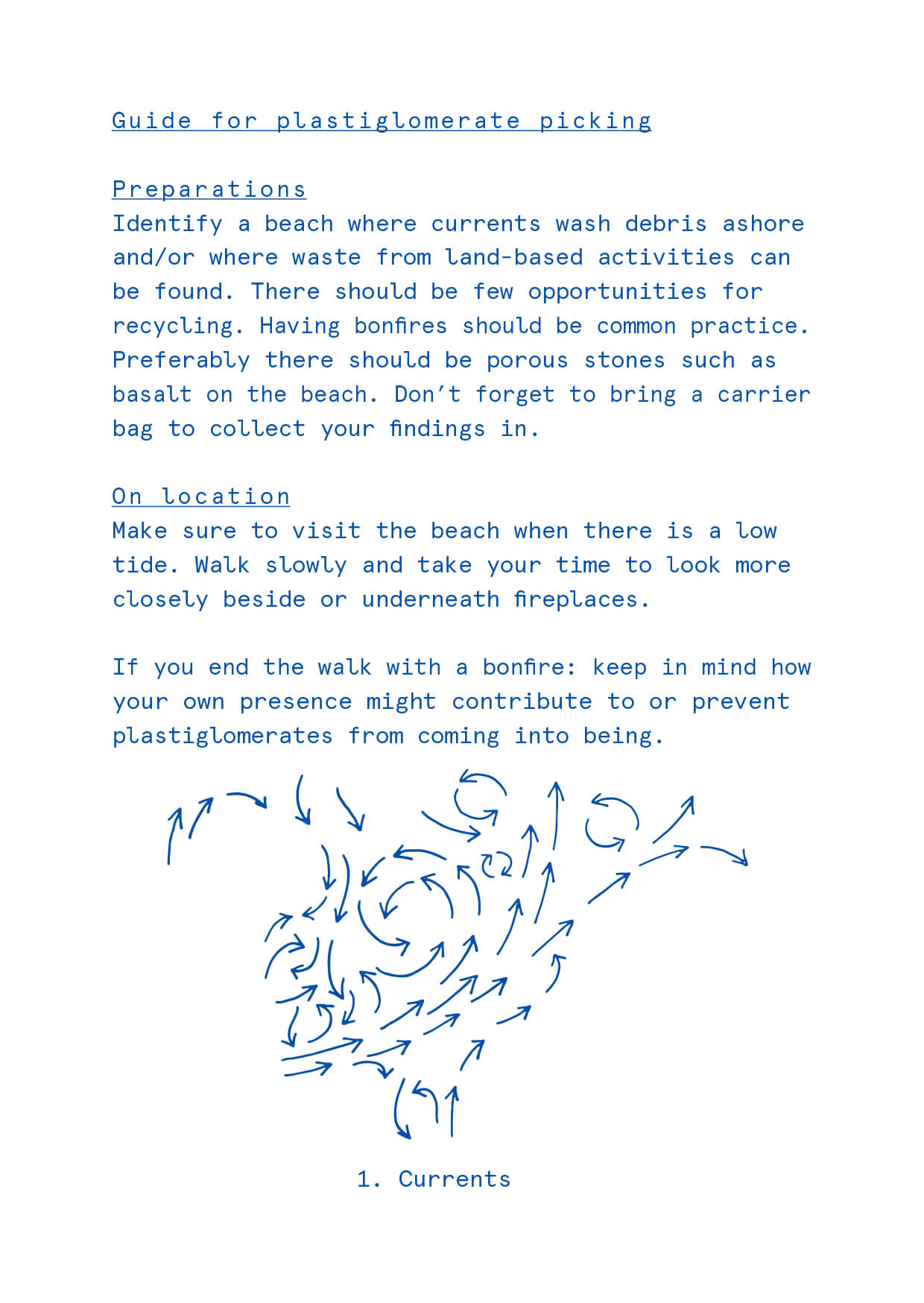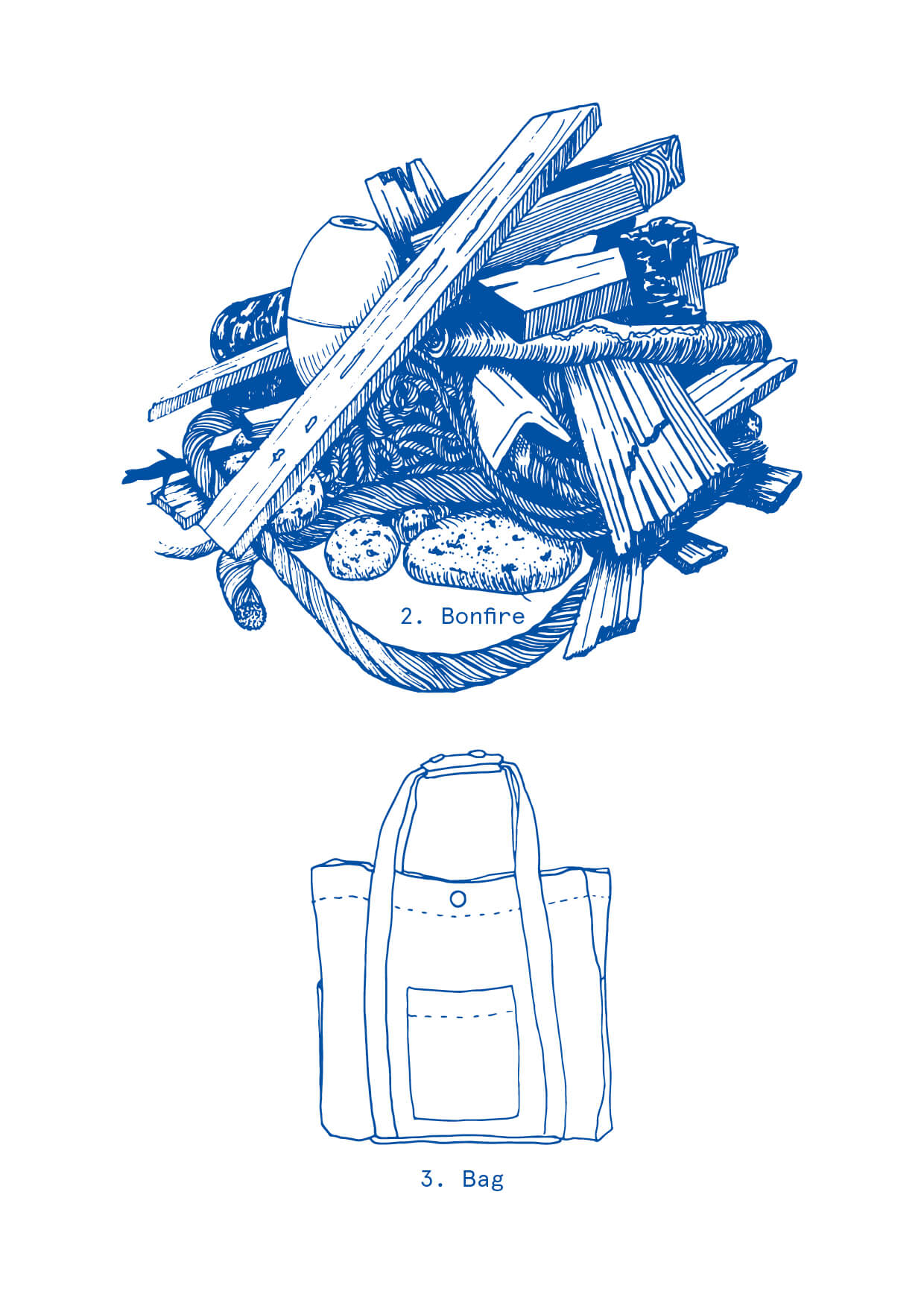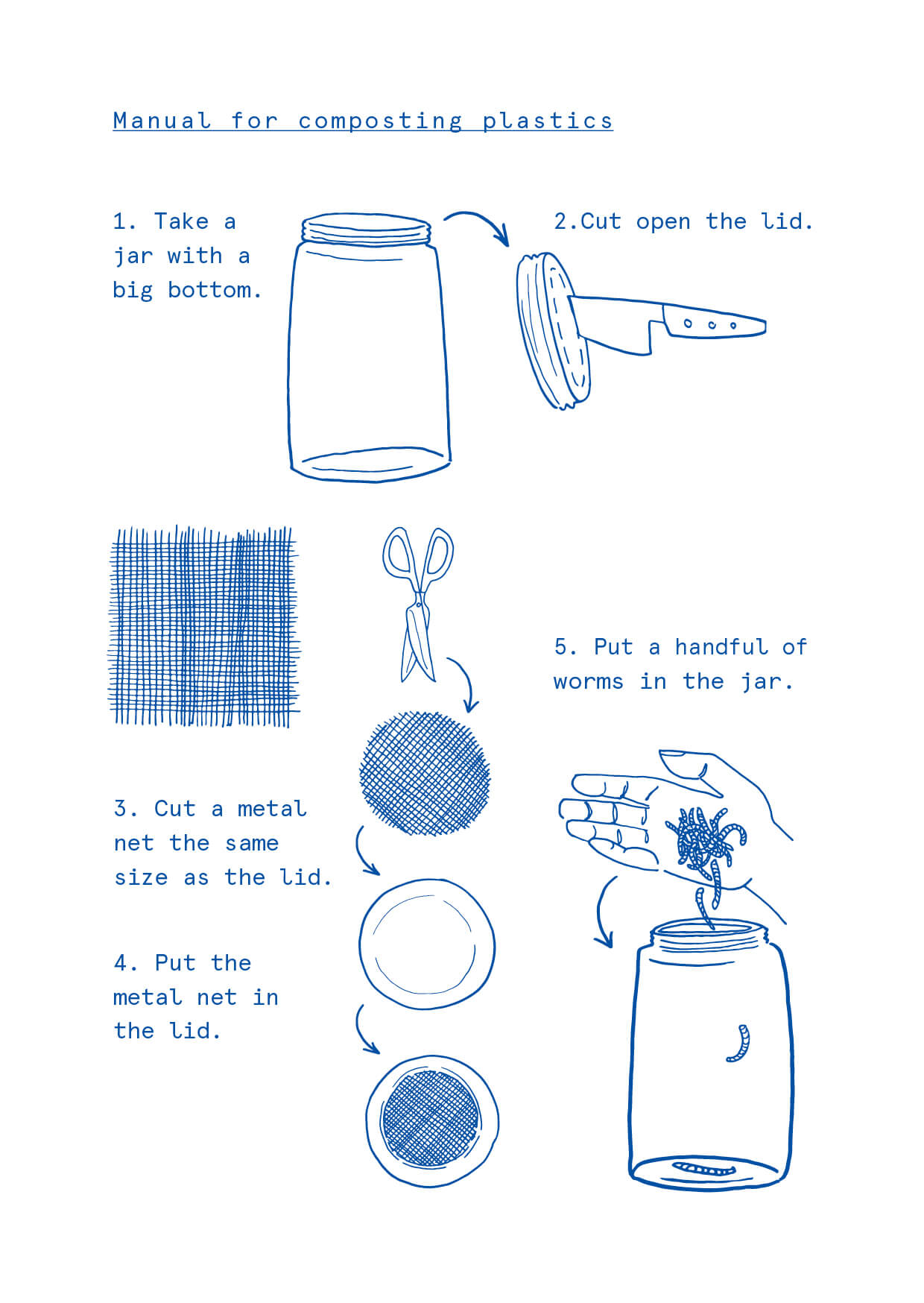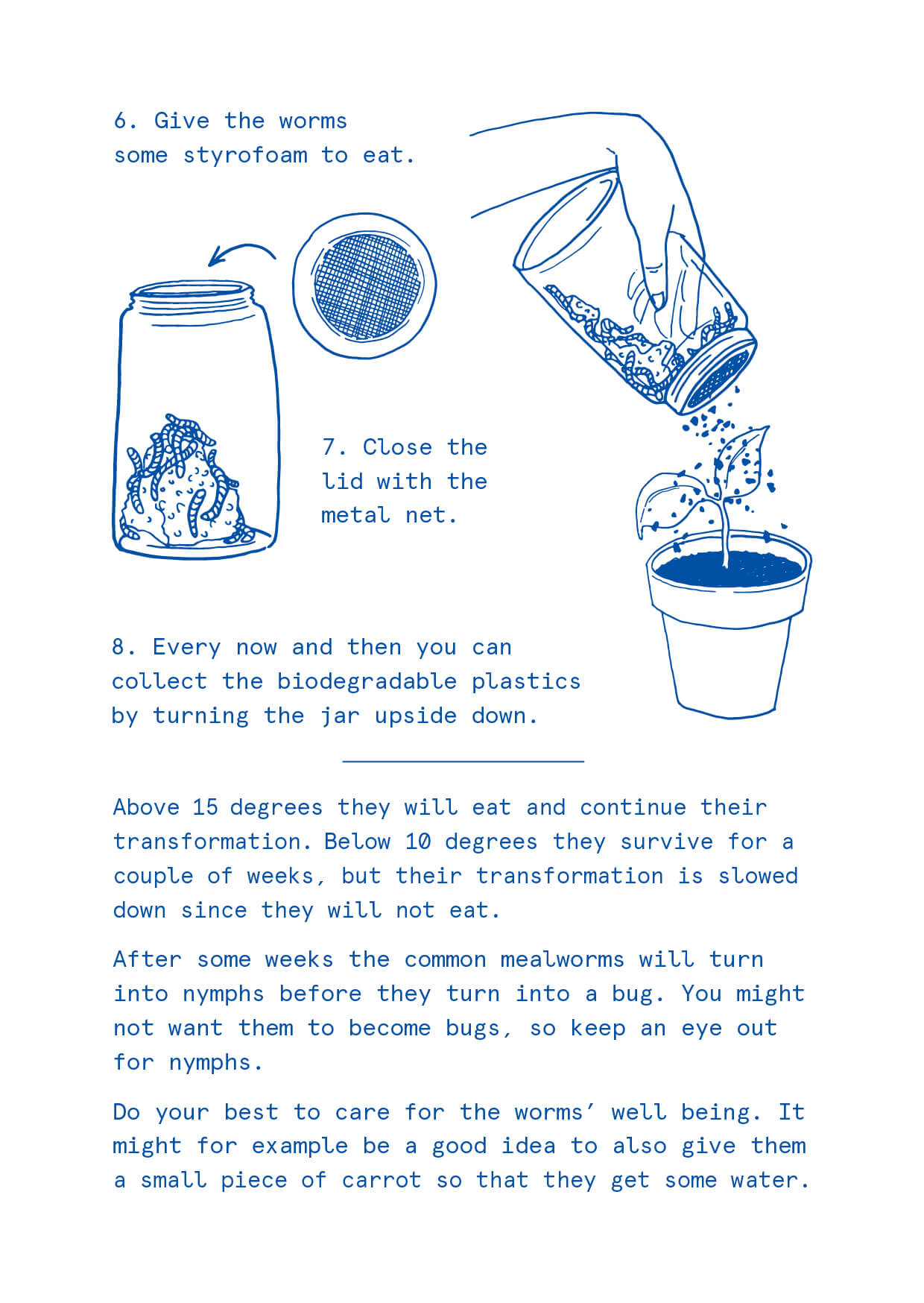Critical Practices for Making and Communicating Research: A Review of Kat Jungnickel’s Transmissions
Yana BoevaJanuary 18, 2021 | Reviews
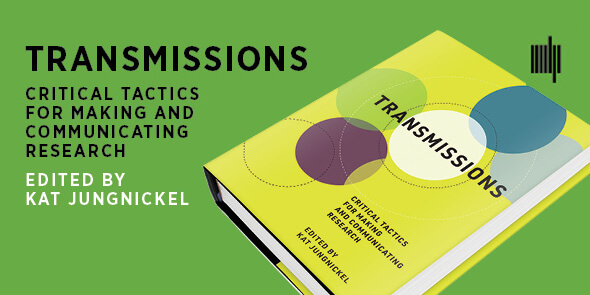
As researchers, we often (already) have a journal or another “printed” publication in mind for our research even as we outline the project scope, collect data or present preliminary results to a fellow academic audience. But beyond these traditional formats, what are the moments in-between them? When and where do they occur? And do we consider alternatives in research methods, forms of data, and their performance? These are some of the questions and ideas at the heart of Transmissions: Critical Tactics for Making and Communicating Research (2020), edited by sociologist Kat Jungnickel. These moments or interstices between making research (the theory, methods, and data) and communicating it (presenting, partaking, and engaging others in it) is what Jungnickel describes as transmissions—”the research moment where invention meets dissemination” (p. 1).
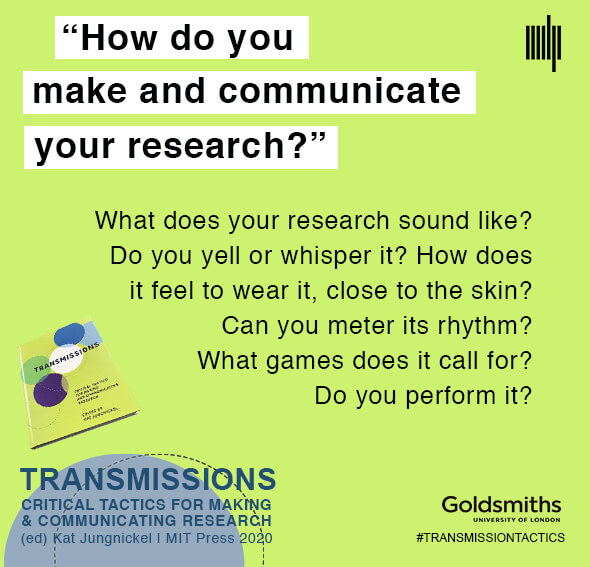
Showcasing theoretically rich and inventive arts- and design-based practice that expands the well-known representational forms of research, the thirteen chapters in the collection reflect on this relevant yet overlooked moment of research. Speculative and critical methods of research and its dissemination are not new to the fields of design, art, and their intersections with science and technology studies, feminist technoscience, human-computer interaction, and other critical social science and humanities areas, and this collection continues this work (see e.g. Law 2004; Lury and Wakeford 2012; Jungnickel 2018, reviewed in this blog; Rosner 2018, reviewed in this blog; Ratto et al. 2019). As Jungnickel notes in the introduction chapter, the last decade has brought forth key scholarship on “imaginative alternatives to the blanket use of methods” (p. 5); yet in the end, as scholars, we will likely tidy up the mess of research production, hide the ambiguities and troubles we encounter, and produce common-known outputs. This collection, then, aims to overturn this by recognizing the dynamics of “practice in research and the research in practice” (p. 6).
The first step in this procedural direction is by deploying a verb and –ing in each chapter’s title to render the “dialogic exchange between researcher and researched, theory and practice, invention and dissemination” (p. 8). The book is structured into four thematic sections, i.e. Critical Discomfort, Public-Making, Holding Ambiguity, and Evoking the Sensory, each consisting of three chapters. The following paragraphs outline briefly each thematic section and reflect on one illustrative chapter.
Critical Discomfort as the title suggests presents three manifold examples of how either research making or its dissemination challenges the confident position of long-established research practice. The readers will encounter the literary technology of writing poetry in an academic setting by Laura Watts (Chapter 2), the visually-compelling manuals for machines for enquiring, created, performed, and reflected upon by Julien McHardy and Kat Jungnickel (Chapter 3), and Jungnickel’s chapter (4) on making and wearing herself convertible cycling costumes based on patents invented by Victorian women as sociological storytelling devices. Although all chapters focus on critical forms of storytelling, perhaps the most challenging for conventional research output formats comes with the literary genre of poetry written and transmitted by Laura Watts. Drawing upon her ethnography of energy futures at the Orkneys (see also the conversation on her book published here), Watts questions the binary divide between academic writing vs. poetry as both are entangled in rhythm and have their own apparatuses: “Learning to hear, listening to how an argument breaks and tumbles, how its words fit or are misfits, that is part of the skill—should be part of the training. We are academics and poets.” (p. 30, original emphasis
In Public-Making, the authors argue that their distinct research projects can only take shape with and via the participation of the public and their ideas. Max Liboiron introduces mutual exchanging of everyday things/objects in an art exhibition as a reciprocal act to prompt reflection about capitalism (Chapter 5). Through the chapter’s typographical layout, the reader is also asked to exchange with the author reciprocally, albeit indirectly, by leaving notes. The literacies and practices of playing explored through a series of in-situ co-design activities on mobile gaming in the household are at the heart of Larissa Hjorth and Ingrid Richardson’s chapter (Chapter 6). The section’s final chapter (7) on public-making written by Kristina Lindström and Åsa Ståhl presents two well-known forms of transmission—a guide and a manual—”that invite speculative ways of living with two recent findings related to plastics” (p. 131, emphasis added). The two recent findings involved here are plastiglomerates, a new geological entity combining the amalgamation of plastics and lava stone, and common mealworms digesting and composting plastics. Through a range of participatory interventions on them (see for instance the two guides for plastiglomerate picking and for composting plastics below), Lindström and Ståhl illustrate literally how matters of fact (Latour 2004) which they encountered in scientific papers become first matters of concern and later matters of care (Puig de la Bellacasa 2017).
- Guides for plastiglomerate picking and composting plastics (pp. 132-135). Illustration by Michaela Green. Images reprinted with the permission of Kristina Lindström and Åsa Ståhl.
The next book section presents work, as its title Holding Ambiguity suggests, that takes uncertainty and challenges as its tactics of transmissions. The authors deliberately work with changes in research practice, unexpected turns, and their emotional reflection. The opening chapter (8) on slowing written by Nerea Calvillo reflects on her collaboratively developed visualization platform to map Madrid’s air quality and how it failed in transmitting the issue of air pollution. By slowing down the actual transformation of scientific datasets into visual forms, Calvillo and her collaborators worked to understand how changing the temporality works on their and the public’s expectations on research impact. More than this, the chapter layout embraces this slowing down through the increase of blank space. In Chapter 9, Janis Jefferies explores different forms of performing and provoking from the perspective of the art viewer by taking readers through different museums and shows. Finally, Sarah Kember questions the conventions of both academic and literary writing in her chapter (10) on feminist writing out of turn, reminding us that all writing interacts in the world.
The final book section Evoking the Sensory turns to the transmission tactics that amplify at least the researcher’s senses, and thus create alternative ways of thinking and knowing. A sensory turn in the social sciences has been emerging for a while yet few scholars make use of these different senses and devices. Similar to the examples of the previous chapters, many of these sensorial transmissions are performative and can have ethereal effects that are difficult to capture in a traditional academic format such as a journal paper. A suitable format like the sound ethnographies presented in Alexandra Lippman’s chapter (11) on listening illustrates how the situated experience of sound through bodies and environments could be re-experienced as a mode of scholarship. She calls this resonant anthropology: “an anthropology that allows for copresence, listening together, and touching at a distance between ethnographer and reader-listener” (p. 213). The conservation of historical metadata and its materiality is the focus of Bonnie Mak and Julia Pollack’s chapter (12) on card cataloging. The chapter comes with a series of printed cards at the end of the book offering readers a material engagement of sorting, sensing relationships, and even obscuring information from others. The final chapter (13) by Rebecca Coleman avoids the obligatory conclusion or book summary. By responding instead, Coleman attempts to reflect on what the diverse transmission tactics do and what they bring about in the future. Much like all the contributions and Jungnickel’s introduction, she reminds us of the motion of research through its procedural character.
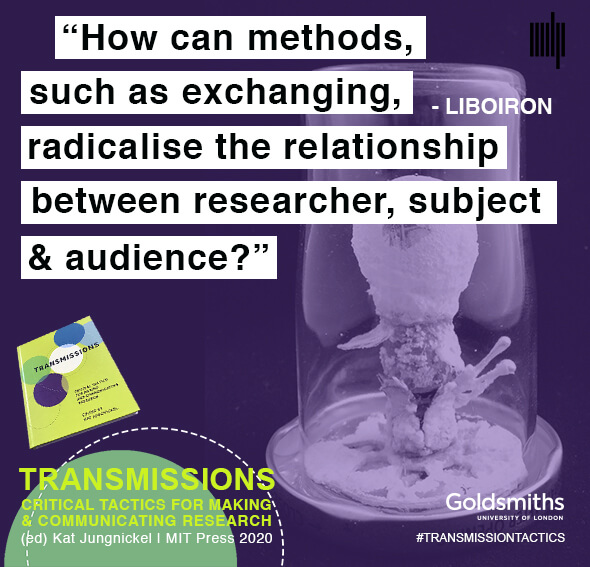
The book provides equally a reflection, guidance, and inspiration for critically-engaging research methods and their communication. In the spirit of transmission tactics, it also comes in the form of a visually compelling publication messing up with the conventions of plain text and black-and-white images. Through a combination of different fonts, their sizing, color text backgrounds, illustrations, color images, or prompts to write in the book, the reader is reminded of adventurous book genres or education literature. The book offers an insightful source for researchers in the social sciences and humanities, designers and artists, and all those in-between looking for proof that this kind of research work is doable. In addition, the publication presents vivid cases for alternative ways of teaching, conducting collaborative research, and engaging the wider public. Transmissions also makes a notable source and (syllabus) outline for a progressive methods class in STS, anthropology, and design on a graduate level. The only difficulty with the transmission tactics presented here is that many of them require social interaction, physical space, material engagement, and close contact. Let’s hope that soon many of us will regain access to these in a post-pandemic world.
A detailed collection website with background information on authors and projects can be found here.
Yana Boeva is a postdoctoral researcher at the Institute for Social Sciences and the Cluster of Excellence on Integrative Computational Design and Construction for Architecture based at the University of Stuttgart. She holds a PhD in Science & Technology Studies from York University, Toronto, and an MA in Media Studies from the Humboldt-University Berlin.
Published: 01/18/2021

